
Hello,
Thank you so much for posting here.
According to our description, yes, it is the proper way to do this. In my test, I brought a client computer into the child domain, and set IP address of child domain as preferred DNS server and joined this computer to child domain. My parent domain is book.com, and child domain is yt.book.com.
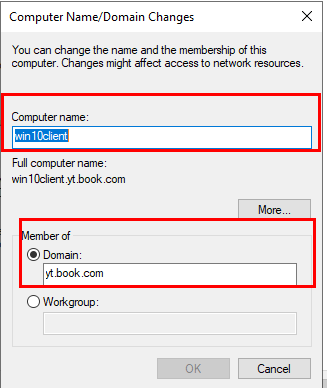

After that, we could log in to the child domain controller and check that this computer is showing in the Computer container in AD Users and Computers.
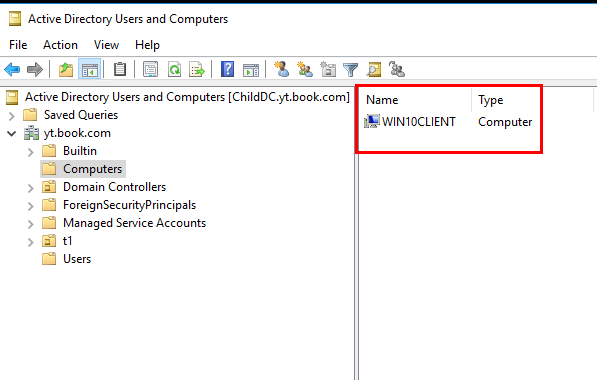
Then we could log in to this computer with yt\Administrator as shown below. According to our description, we could not log in to the computer with credentials, right? What are the error messages when trying with the credentials.?
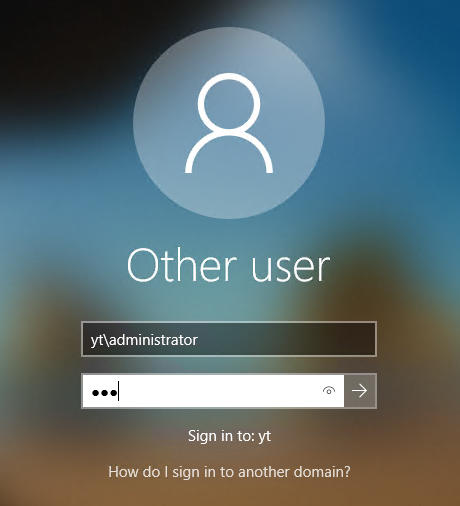
There is no need to manually establish the trust between child and parent domains since it will be automatically established. To check the trust between child and parent domains, we could follow the steps:
1, Open AD Domains and Trusts, choose the child domain.
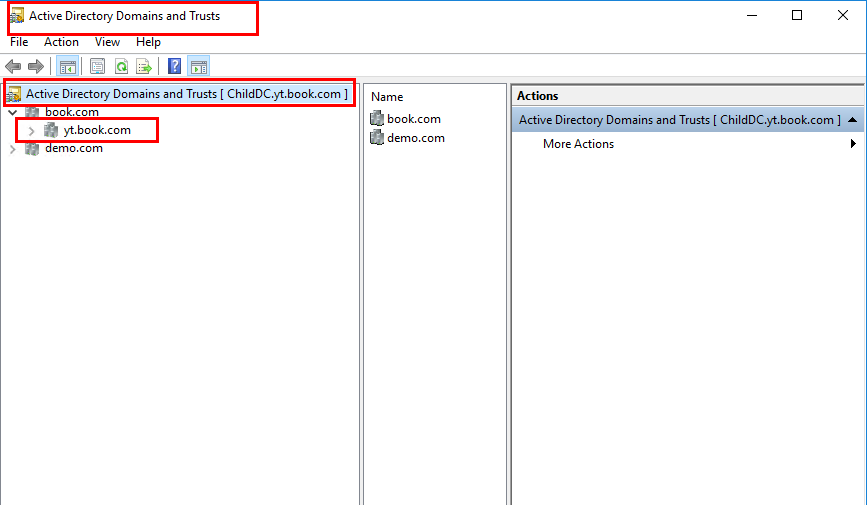
2, Right click child domain and choose "Properties"
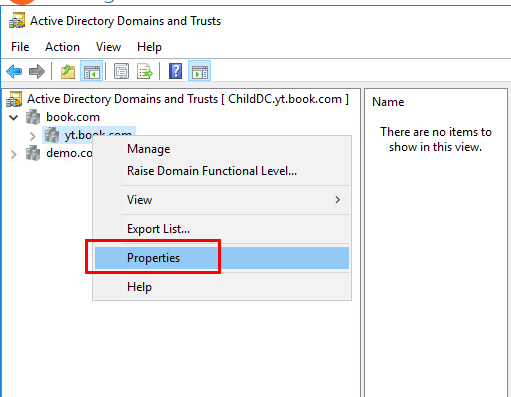
3, Check the "Trusts" tab, and we could see that it is two-way transitive parent-child trust.
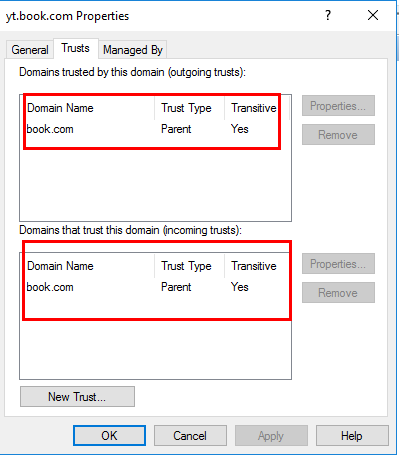
4, Click the parent domain and then Click the "Properties". Click "Validate" to validate the trust.
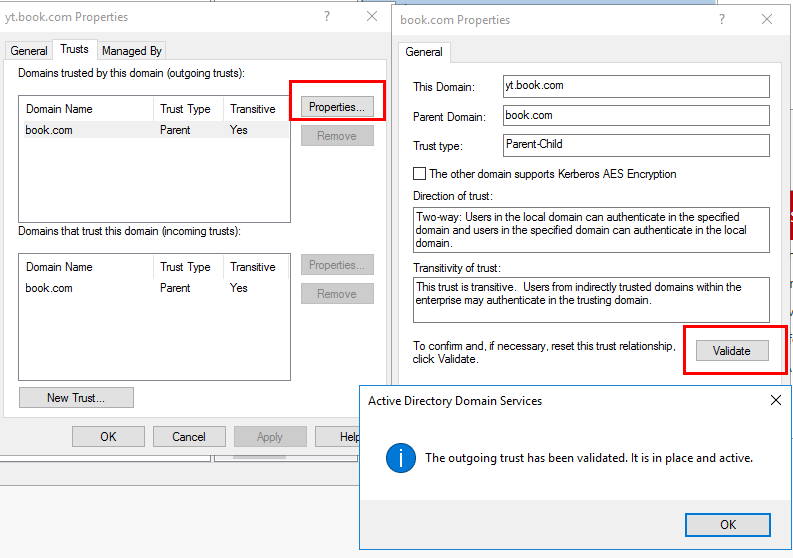
5, We could also verify the trust on the parent domain.
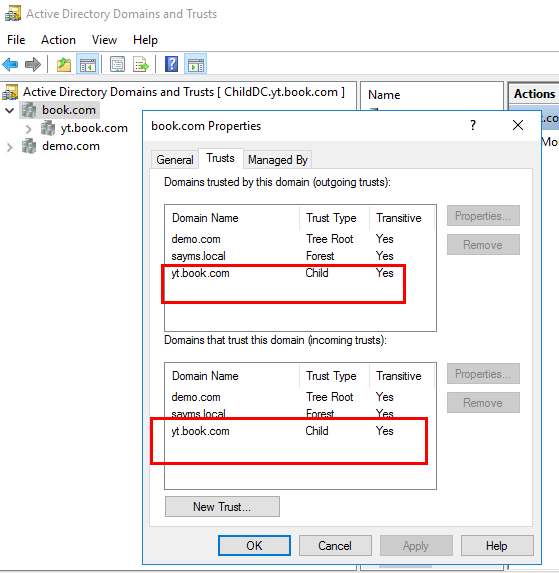
For any question, please feel free to contact us.
Best regards,
Hannah Xiong
============================================
If the Answer is helpful, please click "Accept Answer" and upvote it.
Note: Please follow the steps in our documentation to enable e-mail notifications if you want to receive the related email notification for this thread.